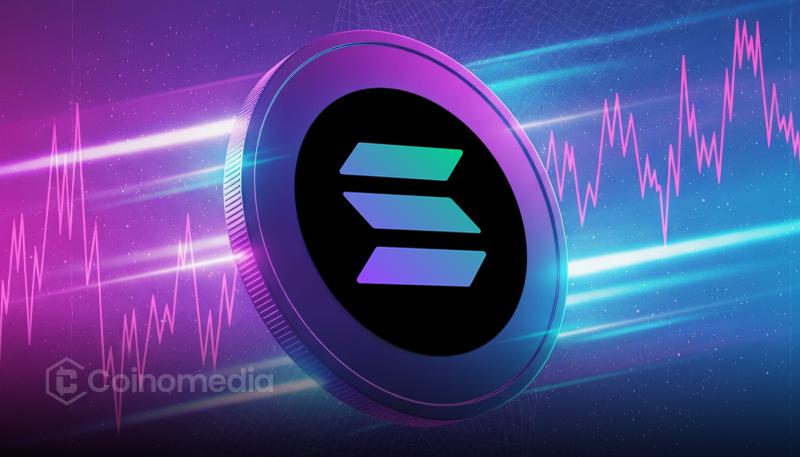Bitwise Updates Solana ETF Filing to Include Staking
Bitwise adds staking to its Solana ETF filing with a 0.20% fee, signaling growing institutional interest.

- Bitwise updates Solana ETF filing to add staking
- ETF will charge a 0.20% management fee
- Staking could boost ETF yield and appeal to investors
Bitwise Adds Staking to Solana ETF Proposal
Bitwise has just filed an updated version of its Solana ETF proposal, now including staking as a key feature. This new update, which also outlines a 0.20% management fee, marks a significant step in the race to bring crypto-native products into traditional financial markets.
Staking—where SOL tokens are locked to support the network in exchange for rewards—could make the ETF more attractive by potentially adding yield for investors. This move positions Bitwise to appeal to both retail and institutional investors looking for passive Solana exposure with the added benefit of earning rewards through staking.
What Staking Means for the Solana ETF
Including staking in the Solana ETF structure is a game-changer. Traditionally, ETFs are passive vehicles that track price performance. But with staking added in, this ETF would actively generate additional income on the held SOL tokens, potentially enhancing returns.
This approach sets Bitwise apart from competitors and could establish a new standard for crypto ETFs going forward. If approved, it would be one of the first U.S. crypto ETFs to integrate staking, reflecting the growing maturity of the crypto asset class.
Low Fee, High Interest
The proposed 0.20% fee is also among the lowest in the ETF space, making the product highly competitive. Lower fees, combined with the potential yield from staking, are likely to attract a broad range of investors—especially those seeking crypto exposure without managing wallets or handling staking themselves.
As regulatory clarity around crypto ETFs continues to evolve, Bitwise’s proactive approach shows that major players are preparing for the next wave of institutional crypto adoption. The inclusion of staking is not just a technical detail—it’s a sign of where the industry is heading.



